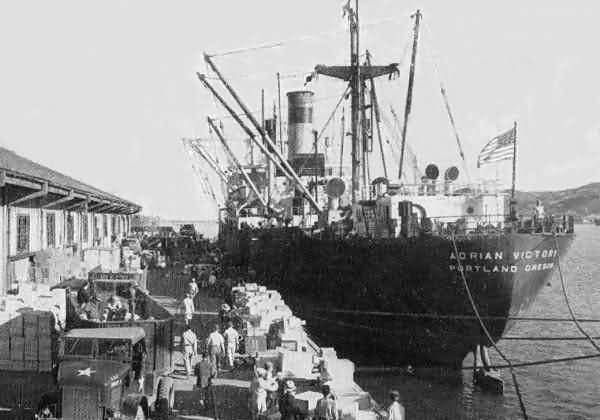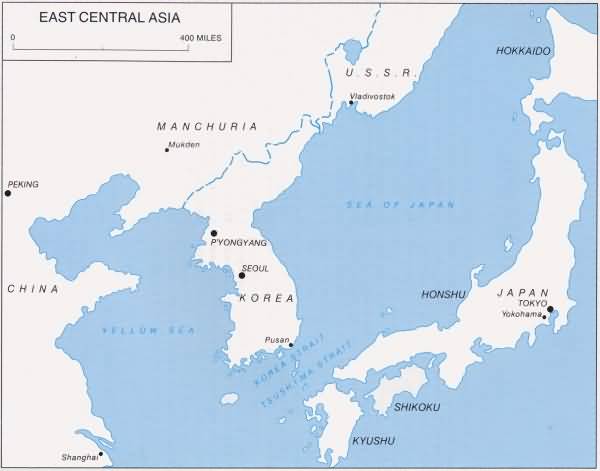In June, 1950, the US military presence in Korea was a 500-man Korean Military Advisory Group (KMAG). Its departing commander, General William L. Roberts, USA, gave an interview to a Time reporter in which he described the ROK army as "The best damn army outside the United States."
The General's opinion regardless, at least one army outside the US, only days later, proved itself devastatingly superior to the ROKs, who were sparsely equipped with used American small-arms, some short-range M3 105 howitzers, a few 2.36" bazookas, no armor, no mortars heavier than 81mm, no medium artillery and no combat aircraft.
The NKPA, the In Min Gun, were well-armed, well-trained, with a core of combat veterans, tightly organized into thirteen infantry and one mechanized divisions, and closely supported by a hundred Yak and Stormovik tactical aircraft, with 150 T-34 tanks, 120mm mortars, 122mm howitzers, 76mm SPGs, and 45mm ATGs. Basically, the In Min Gun were armed with the whole family of outstanding soviet infantry weapons.
When the United States, and the UN, came to their aid, the port of Pusan was the principal port of entry. Eighth Army defended it with a cordon, the Pusan Perimeter, used it to build up our strength, and eventually General MacArthur struck behind the over-extended North Korean lines with the brilliant assault at Inchon.



